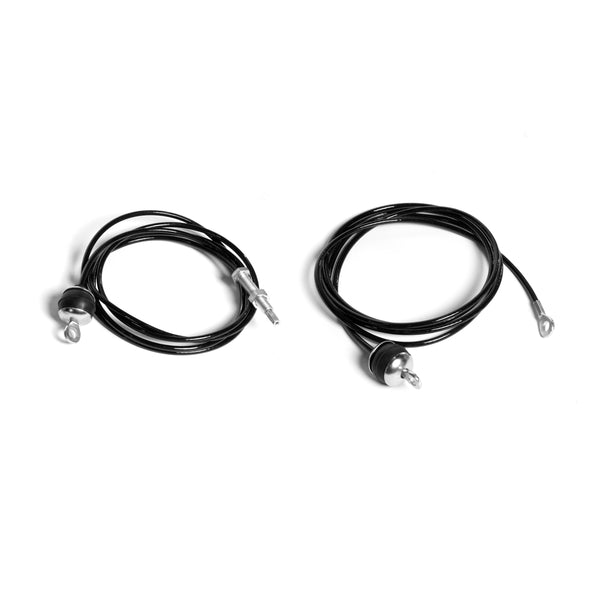Are cable machines as good as free weights when it comes to maximizing your time and effort in the gym?
The truth is, there is no one-size-fits-all solution when it comes to achieving fitness goals. Cable machines and free weights offer unique advantages and disadvantages, depending on the goals and populations using them.
Cable machines use pulleys and cables to create constant resistance and offer a movement pattern that is smoother than butter, whereas free weights like barbells, dumbbells, and kettlebells can be freely lifted and moved.
Cable Machine Benefits

Cable machines offer a number of advantages, particularly for beginners and those with injuries or limitations.
Some of the benefits of a cable machine include:
Adjustable
Cable machines allow you to change the angle, height, and attachment used, enabling you to target specific muscles or muscle groups. This is helpful for balancing out muscle imbalances, healing injured muscles, or enhancing your mind-muscle connection.
Versatile
Cable machines provide a wide range of resistance levels and exercise options, from low-intensity mobility drills to high-intensity strength training. Additionally, you can alter the resistance during the exercise by adding bands, switching up your grip, or using unilateral or asymmetrical movements.
Safe
Cable machines offer a safe training environment because you do not have to worry about what happens if you fail a rep. The weight stacks also have a fixed limit, so there's only so much you can lift on them.
User-Friendly
Cable machines don't need any spotters, collar adjustments, or weight plate loading or unloading. Because they're simpler to set up and operate, they are user-friendly, even for beginners.
Cable Machine Drawbacks
Although cable machines have many advantages, there are a few disadvantages that need to be considered.
Some of the drawbacks of cable machines include:
Limited Range of Motion
Cable machines can limit your range of motion because pulleys and cables direct their motion in a specific way. This can restrict the activation of some muscles or reduce the exercise's functionality.
Less Functional
Cable machines do not replicate the dynamic and unpredictable movements that take place in sports or daily life, so they won't have the same functional transfer to sports and activities as free weights.
Free Weight Benefits

Free weights have a number of advantages over cable machines, particularly for seasoned gym rats and athletes.
Here are some of the primary advantages of using free weights:
Develop Overall Strength and Power
Free weights are more effective than cable machines at developing your overall strength and power because they call for more muscle, joint, and nervous system activation and recruitment.
Functional Transfer To Sports and Activities
Free weights have a better functional transfer than cable machines because you can train movement patterns that are similar to those used in sports or daily life. With more core stability, balance, and coordination needed for free weights, you can increase your athletic performance and lower your risk of injury.
More Freedom
Free weights offer more freedom in terms of the types of exercises that can be performed. You can perform a wide variety of exercises with free weights, including compound movements like deadlifts and squats that work multiple muscle groups at once.
Free Weight Drawbacks
Despite their advantages, free weights do have some drawbacks that need to be considered. Some of the drawbacks of free weights include:
Higher Risk of Injury
Free weights can be riskier than cable machines because there's a much higher potential amount of weight you can lift. Cable machines can usually go up to a few hundred pounds at the most, while a well-built powerlifting bar can have a staggering 1,500-pound weight capacity.
And let's be real, the last thing you want to do is fling a dumbbell across the gym and hit some unsuspecting gym-goer in the face. That's not going to earn you any points with your fellow fitness enthusiasts.
Less Effective for Muscle Isolation
Free weights typically involve more compound and multi-joint movements that simultaneously recruit multiple muscles.
The ability to concentrate on particular muscles or establish a mind-muscle connection may be constrained by the additional coordination and control that free weights demand.
A lat pulldown, for instance, can work your upper back, biceps, and lower back all at once, which may not be the best move for ironing out a muscle imbalance or trying to enhance that mind-muscle connection.
Final Thoughts
As you can see, the answer to the question of which is better for you — cable machines or free weights — depends on your objectives, tastes, and physical capabilities.
Although free weights and cable machines each have their own benefits and drawbacks, both can be used to good effect for getting stronger and hitting that bicep flex in show-stopping fashion.



